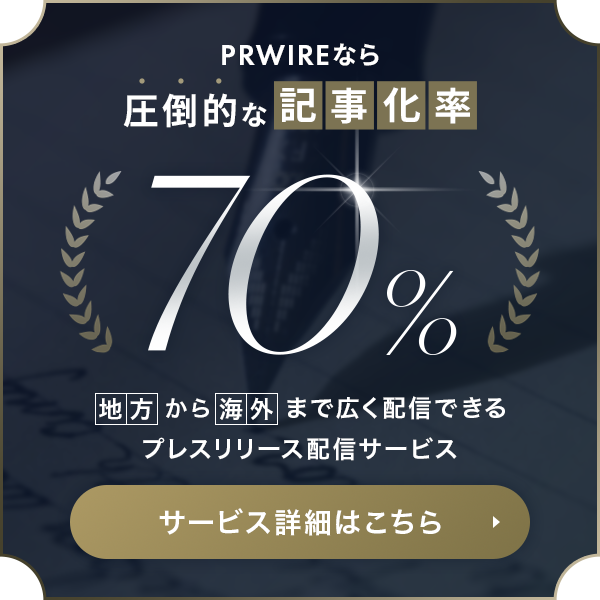International Atherosclerosis Society Issues Call to Action to Improve Lipid Management Based on Survey Results to Address Patients' Residual Risk
PR84327
MILAN, June 10, 2020 /PRNewswire=KYODO JBN/ --
Article and slides can be found at https://www.athero.org/activities/survey or
contact Karen Foy (karen.foy@athero.org)
A new survey by the International Atherosclerosis Society (IAS) provided a
'snapshot' of the gaps in knowledge among clinicians that limit best practice.
This web-based survey was carried out in countries representing different
regions of the world: Japan, Germany, Colombia and the Philippines. In Japan,
the survey was a follow-up to an initial survey in 2017. Overall, 1,758
clinicians, 508 in Japan, 500 in Germany, 345 in Colombia, and 405 in the
Philippines, took part in the survey. Participants were selected randomly from
existing databases in each country and invitations to participate were sent to
physicians from five medical fields:
Cardiology
Diabetes/metabolism/endocrinology
Neurology/neurosurgery/stroke medicine
Nephrology
General medicine.
All had experience of treating patients with high cholesterol.
This survey demonstrates that as difficulty elevates when treating patients,
such as moderate and high-risk patients, a greater degree of uncertainty exists
in the approach to care. Additionally, while most clinicians believe they treat
elevated low-density lipoprotein (LDL) cholesterol according to the guidelines,
only half know the targets in high-risk patients. This lack in understanding of
the guidelines deters the best treatment of LDL cholesterol, a major risk
factor for cardiovascular events.
This survey highlights gaps in beliefs and behavior among physicians in all
four countries, resulting in the following take-away messages:
With the exception of FH, physicians are uncertain about how to manage higher-
risk patients who may benefit from aggressive approaches to LDL-C lowering.
There is concern about potential adverse effects on cognitive, renal and
hepatic function, and risk for new onset diabetes with statin use to lower
LDL-C levels. Haemorrhagic stroke is the main concern as LDL-C levels go lower.
In particular, more than one in three clinicians was uncertain about the risk
of haemorrhagic stroke with such low LDL cholesterol levels.
Despite recent guidelines recommending target LDL cholesterol levels below 50
mg/dL or 1.29 mmol/L in very-high-risk patients more than one-third of
clinicians had no opinion about the safety of low LDL cholesterol levels.
Failure to treat LDL cholesterol adequately is the number one cause of the high
residual cardiovascular risk that persists in all regions of the world.
Clearly we need a CALL TO ACTION, as there is an urgent need for education
programs to clarify the information in the guidelines and overcome barriers in
practice, an action very much in line with the mission of the IAS to reduce the
burden of cardiovascular disease,' commented IAS President Dr Raul Santos,
Heart Institute -InCor, University of São Paulo Medical School Hospital, and
Hospital Israelita Albert Einstein, São Paulo, Brazil.
This survey was supported by an unrestricted grant from Amgen. The Philippine
Lipid and Atherosclerosis Society received an in-kind support from Merck Sharpe
& Dome (Philippines) in setting up the platform.
Logo -
https://mma.prnewswire.com/media/1178589/International_Atherosclerosis_Society_Logo.jpg
SOURCE: International Atherosclerosis Society
本プレスリリースは発表元が入力した原稿をそのまま掲載しております。また、プレスリリースへのお問い合わせは発表元に直接お願いいたします。
このプレスリリースには、報道機関向けの情報があります。
プレス会員登録を行うと、広報担当者の連絡先や、イベント・記者会見の情報など、報道機関だけに公開する情報が閲覧できるようになります。










